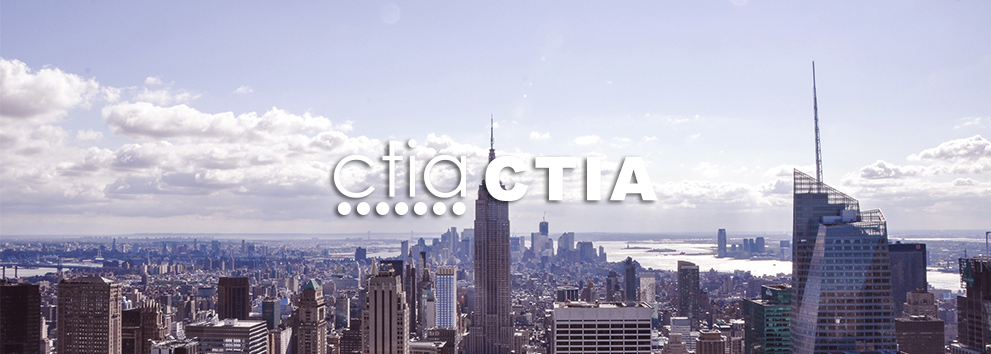Railway Transport Guide for NEV Export
Railway Transport Guide for NEV Export,
Railway Transport,
▍What is CTIA CERTIFICATION?
CTIA, the abbreviation of Cellular Telecommunications and Internet Association, is a non-profit civic organization established in 1984 for the purpose of guaranteeing benefit of operators, manufacturers and users. CTIA consists of all U.S. operators and manufacturers from mobile radio services, as well as from wireless data services and products. Supported by FCC (Federal Communications Commission) and Congress, CTIA performs a large part of duties and functions that were used to be conducted by the government. In 1991, CTIA created an unbiased, independent and centralized product evaluation and certification system for wireless industry. Under the system, all wireless products in consumer grade shall take compliance tests and those complying with the relevant standards will be granted to utilize CTIA marking and hit store shelves of North American communication market.
CATL (CTIA Authorized Testing Laboratory) represents labs accredited by CTIA for testing and review. Testing reports issued from CATL would be all approved by CTIA. While other testing reports and results from non-CATL will not be recognized or have no access to CTIA. CATL accredited by CTIA varies in industries and certifications. Only CATL which is qualified for battery compliance test and inspection has access to battery certification for compliance to IEEE1725.
▍CTIA Battery Testing Standards
a) Certification Requirement for Battery system Compliance to IEEE1725— Applicable to Battery Systems with single cell or multiple cells connected in parallel;
b) Certification Requirement for Battery system Compliance to IEEE1625— Applicable to Battery Systems with multiple cells connected in parallel or in both parallel and series;
Warm tips: Select above certification standards properly for batteries used in mobile phones and computers. Do not misuse IEE1725 for batteries in mobile phones or IEEE1625 for batteries in computers.
▍Why MCM?
● Hard Technology: Since 2014, MCM has been attending battery pack conference held by CTIA in US annually, and is able to obtain latest update and understand new policy trends about CTIA in a more prompt, accurate and active way.
●Qualification: MCM is CATL accredited by CTIA and is qualified to perform all processes related to certification including testing, factory audit and report uploading.
There are two reasons that the export of NEV (New Energy Vehicles) has become a trend. First, after the baptism of the domestic market, China’s NEV enterprises have established product advantages and stepped out of the country to seize the international market. Second, under the appeal of the international climate organization, more and more countries have begun to formulate carbon emission policies. The export of vehicles used to be the common mode of transport by sea, but now the use of railway transport is increasingly favored by shippers. This is because of the sudden change of the international situation and the maturity of the Sino-European train transport. This article will analyze the requirements of railway transport based on the domestic policy and the documents of the Railway Cooperation Organization.
In April 2023, the National Railway Administration, the Ministry of Industry and Information Technology, and the National Railway Group jointly issued opinions on supporting NEV railway transport and serving the NEV industry. For plug-in hybrid or pure electric new energy commodity vehicles that are driven by lithium ion batteries and are included in the scope of the Road Motor Vehicle Manufacturers and Product Announcement of the Ministry of Industry and Information Technology (export new energy suppliers are not subject to this restriction), NEV railway transport is not managed as dangerous goods, and the carrier parties handle the transportation. This is in accordance with the requirements of the Railway Safety Management Regulations, Table of Safety Supervision and Management of Dangerous Goods Railway Transport (GB 12268) and other laws, regulations and relevant standards.
This shows that: First, new energy transport in the domestic railway system does not belong to dangerous goods. Second, if NEV needs an international combined transport, in addition to meet the domestic requirements, the relevant provisions of the Railway Cooperation Organization shall be complied too.










